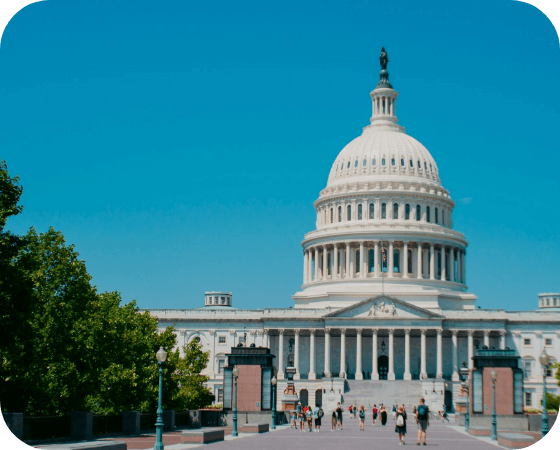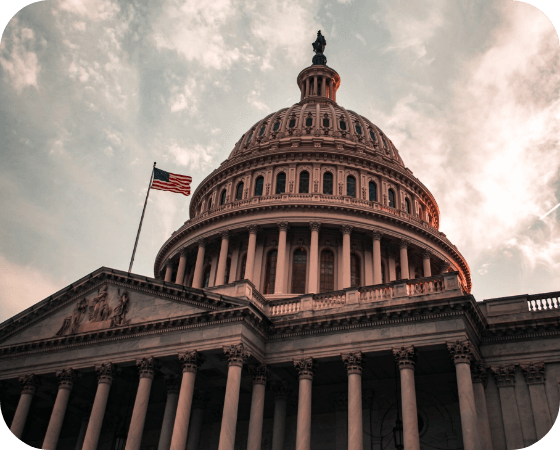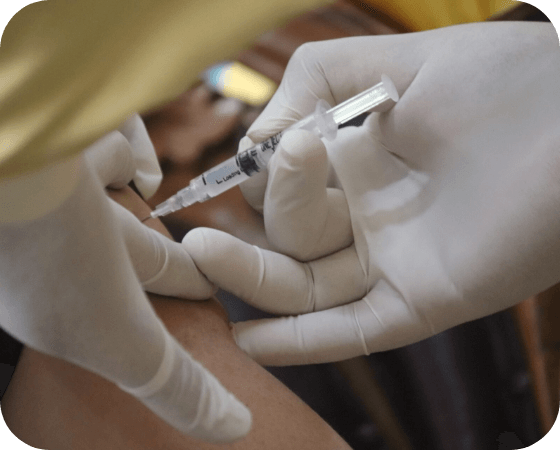Sanders, AHA Disagree over Charity Care Standards
According to a new report by Senate Health, Education, Labor, and Pensions (HELP) Committee Chair Bernie Sanders, most non-profit hospitals don’t provide enough charity care to justify their tax-exempt status. To rectify this, Sanders’ report recommends tying tax exemption to a certain level of charity care, setting better standards for financial assistance, and defining the community engagement that non-profit hospitals are required to partake in. In a separate report released this week, the American Hospital Association (AHA) disputed Sanders’ findings by pointing out that non-profit hospitals provided more than $129 billion in total benefits to their communities in 2020. According to AHA CEO Rick Pollack, these benefits include housing assistance, financial aid, and patient education.
Walgreens’ Pharmacy Staff Go On 3-Day Strike
Several hundred pharmacists and pharmacy staff employed by Walgreens went on strike for 3 days this week to protest poor working conditions. The strike follows recent walkouts at fellow pharmacy CVS and health care provider Kaiser Permanente. According to staff, the strike is a response to increasing pressure from management to hit quotas for vaccinations, prescriptions filled, and testing, as well as bullying and harassment from customers. To improve working conditions, staff are asking for dedicated training time for new staff, changes to the quota system, and more transparency in hour staff hours are set. 1 day after the strike ended, Walgreens announced plans to close 60 clinics and exit 5 markets as part of a $1 billion cost-cutting program.
CDC: Long COVID Rare in Children
Long COVID is rare among children, according to new survey data from the Centers for Disease Control and Prevention (CDC). The survey found 1.3% of children had long COVID in 2022 and 0.5% currently have it in 2023. The survey defined long COVID as post-viral symptoms lasting more than 3 months. While long COVID can include a multitude of conditions, the most common are fatigue, shortness of breath, and chronic pain. The survey data comes as public health experts and educators continue to debate whether school closures and other non-pharmaceutical interventions intended to limit children’s exposure to COVID-19 were justified.
FDA Launches New Committee on Digital Health, AI
The Food and Drug Administration (FDA) launched a new Digital Health Advisory Committee that will be tasked with advising the agency’s leaders on the risk, benefits, and possible outcomes of emerging technologies. Possible subjects of exploration for the committee include artificial intelligence (AI) virtual reality, digital therapeutics, wearables, and remote patient monitoring. The committee’s announcement comes as FDA’s regulatory activities have grown to include AI-enabled medical devices, clinical decision support software, and genomic data. The committee, which is slated to have 9 members, is expected to be operational sometime next year.
ICYMI: Tours Aim to Show to the Scary Side of Washington
A pair of tours hope to give patrons a sense of the paranormal side of Congress and Capitol Hill. National Nightmares’ Hill of Haunts walking tours on Fridays and Saturdays in October will immerse participants in the ghost stories and hauntings of the Capitol, the Library of Congress, and congressional office buildings. Just a few miles away at the Congressional Cemetery, Soul Strolls provides visitors with a haunting recap of the cemetery’s more famous residents, complete with portrayals from local actors.










